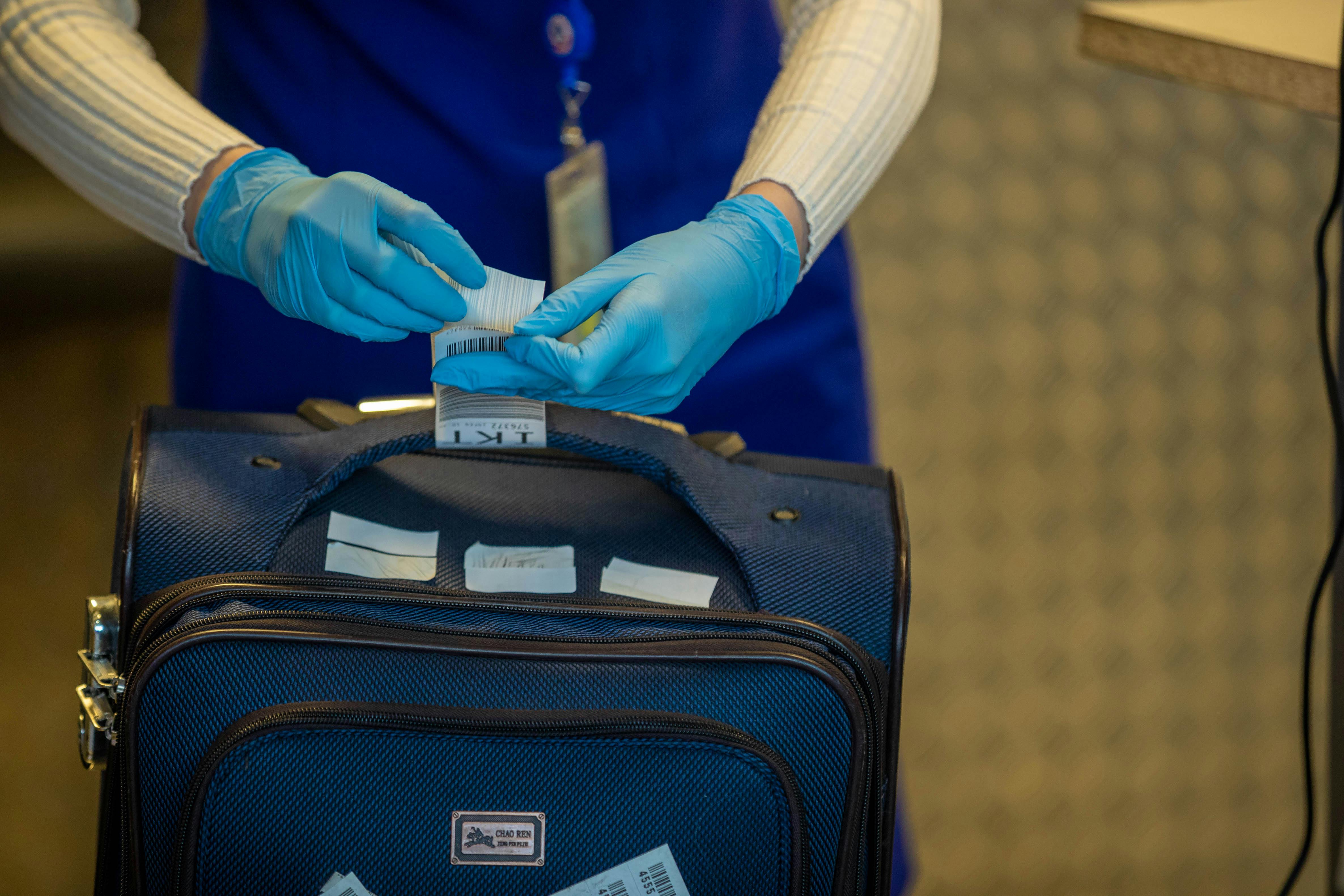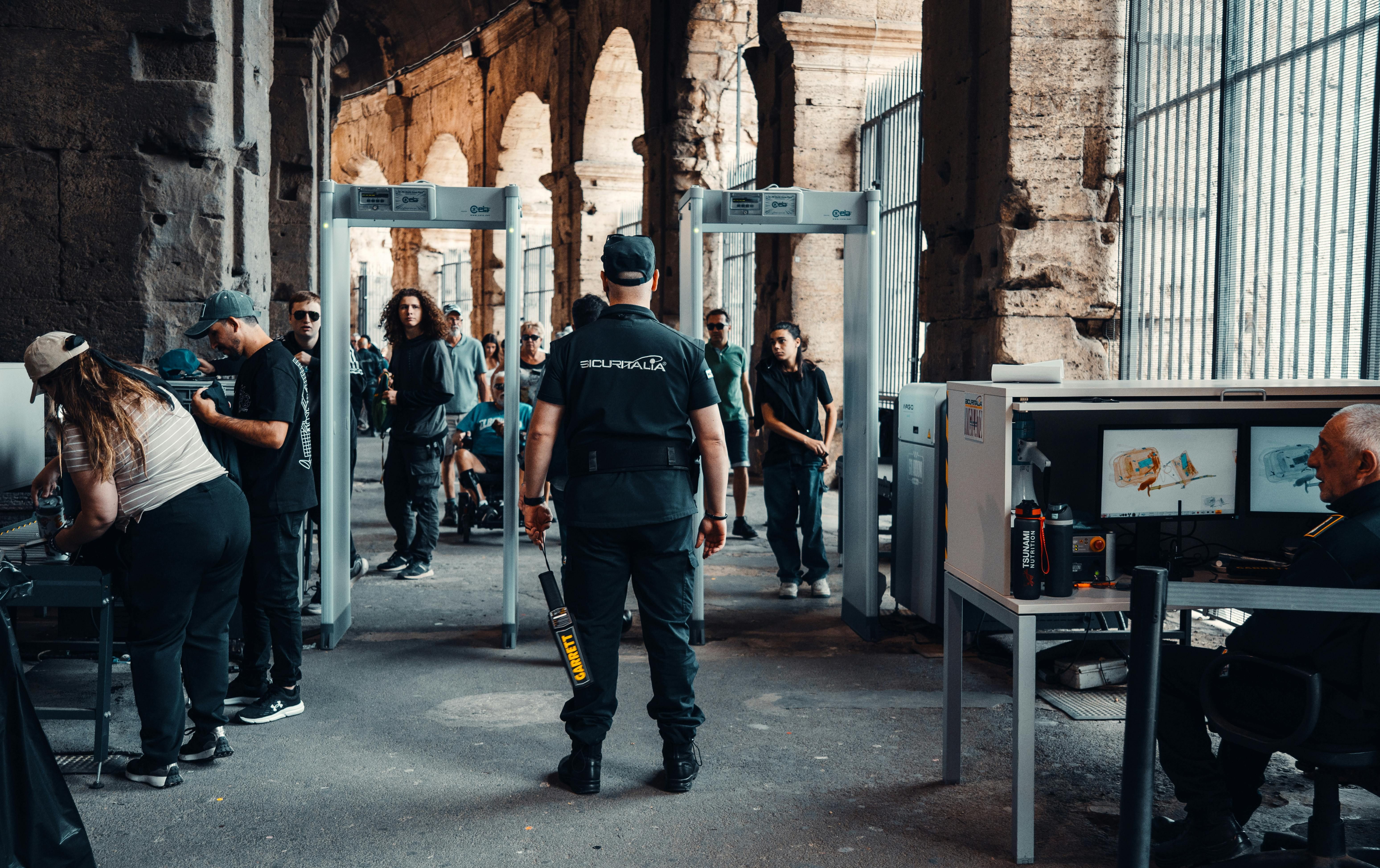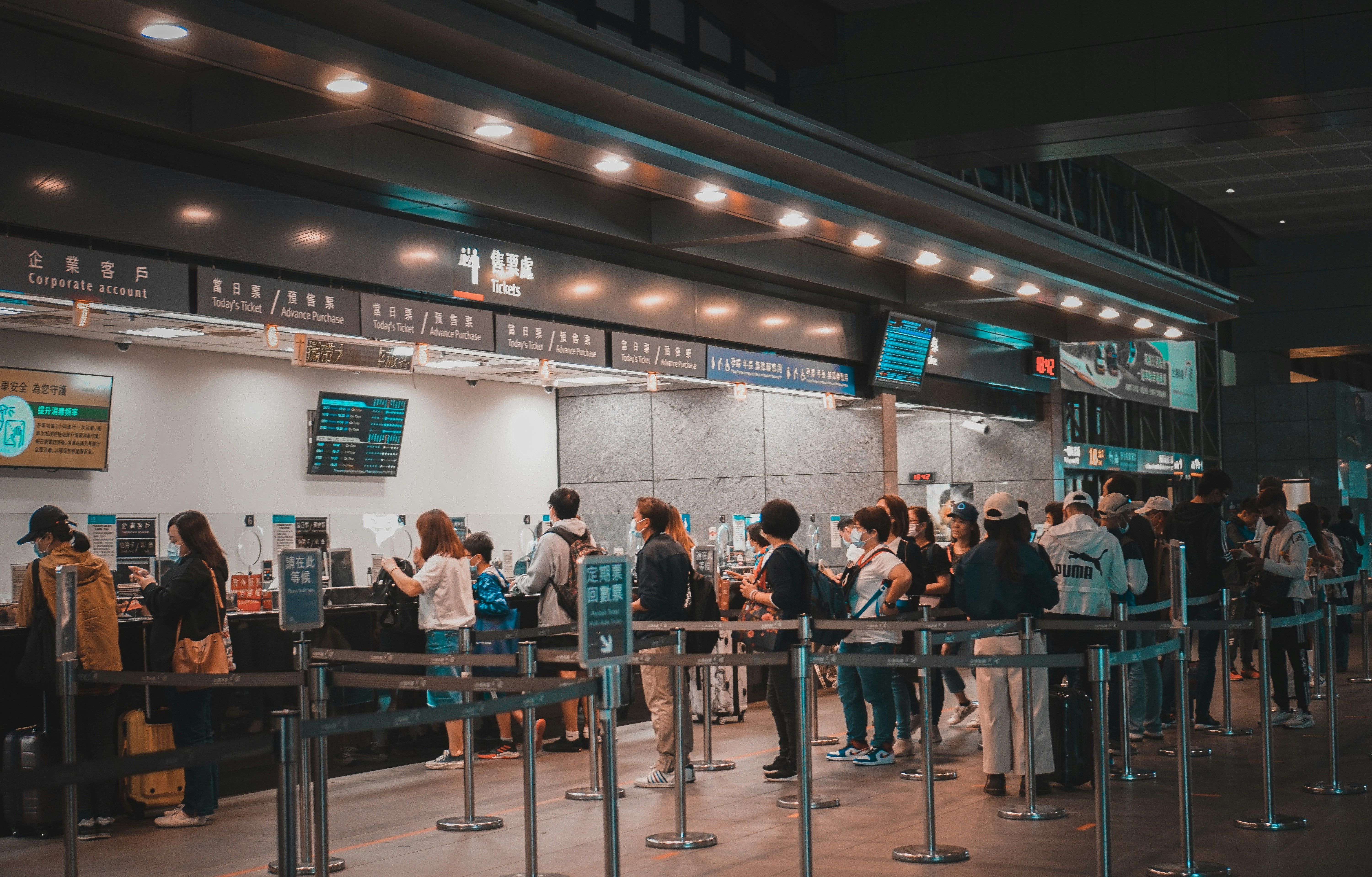Security Screening and Bag Check Protocols
Date Published

In Japan, guest screening is both a safety measure and a reflection of event professionalism. When screening operations are structured with precision, they communicate trust, hospitality, and readiness. When they are rushed or disorganized, they create confusion, delays, and unnecessary risk.
Having directed entry control plans across venues from Tokyo Big Sight to Osaka INTEX, I have learned that Japanese security success is driven by three principles: accurate staffing, reliable equipment, and culturally sensitive communication. Each decision must balance the need for thorough inspection with the expectation of smooth guest experience.
This guide explains how to design a compliant and efficient screening framework. It walks through staffing models, equipment setup, privacy handling, queue design, and escalation structures that ensure every guest enters safely and every minute on the schedule remains protected.
Risk Tiers and Staffing Models
Screening starts with a clear risk-tier plan. Japanese events classify risk by scale, attendee profile, and exposure level. This classification determines guard count, screening intensity, and required coordination with local authorities.
Risk Tier | Event Type | Recommended Staff Ratio | Screening Focus |
|---|---|---|---|
Tier 1 – Low | Corporate seminars, meetings under 300 pax | 1 guard per 150 guests | Visual inspection and random bag checks |
Tier 2 – Medium | Trade shows, concerts, 500 to 3000 pax | 1 guard per 100 guests plus 1 supervisor | Magnetometer and wand inspection |
Tier 3 – High | VIP events, summits, high profile galas | 1 guard per 50 guests plus police liaison | Full scan, ID verification, perimeter control |
Key points:
- Hire licensed guards only from authorized vendors.
- Assign bilingual supervisors for international guests.
- Rotate teams every two hours to maintain awareness.
Checklist for planners:
- Confirm the correct risk tier with the venue.
- Validate vendor licensing and insurance documentation.
- Conduct one full simulation before show day.
I include the clause in vendor agreements under the security staffing section:
The Contractor shall provide security personnel in accordance with the designated risk tier and staffing ratios approved by the Organizer. Any deviation in staffing levels must be pre-authorized in writing, and the Contractor shall remain financially liable for unapproved reductions or substitutions.
Confirm staffing tiers and licensing details four weeks before guest entry.

Mag and Wand Equipment Basics
Efficient screening depends on calibrated equipment and clear setup. Japanese regulations require certified devices, defined spacing, and daily operational checks. Well-maintained equipment prevents delays and ensures guest confidence.
Key points:
- Each magnetometer processes about 300 guests per hour.
- Certification markings must appear on all detectors.
- Spare batteries and backup units should be on-site.
- Keep a signed equipment log updated daily.
Checklist for planners:
- Request calibration reports and approval letters.
- Assign one operator per three detectors.
- Test all systems 90 minutes before entry begins.
I include the clause in the operations section of the service agreement:
All screening equipment, including magnetometers and handheld detectors, shall be certified and tested prior to deployment. The Contractor shall maintain a written inspection log for each device and submit such logs to the Organizer upon request. Equipment failures not reported before guest entry shall be deemed a breach of service obligations.
File inspection logs and battery records before opening gates each morning.

Privacy Considerations and Gender Lines
Japan’s guests expect discretion. Screening teams must protect privacy and maintain professionalism, particularly during wanding or bag checks. Clear communication and same-gender assignments are essential for maintaining dignity.
Key points:
- Female guards must screen female guests where possible.
- Use partitions for private checks when needed.
- Provide bilingual signage explaining procedures.
Checklist for planners:
- Ensure balanced male and female staff per shift.
- Schedule pre-event cultural sensitivity briefings.
- Designate a private area for additional inspection.
I include the clause in the guest handling section of the security contract:
The Contractor shall assign screening personnel of the same gender for personal inspections and shall conduct all procedures in a manner that preserves guest privacy and dignity. The Organizer reserves the right to suspend screening operations if privacy standards are breached or staff of required gender are unavailable.
Review gender balance and privacy arrangements during the final pre-event security meeting.
Queue Design and Signage
Queue layout determines whether guests feel welcomed or inconvenienced. Japanese fire and safety codes require orderly lanes, bilingual signage, and visible emergency egress paths. Well-designed queues keep guests calm and speed up entry.
Key points:
- Minimum queue width should be 1.5 meters per lane.
- Bag tables must be placed before detectors.
- Use clear Japanese and English pictograms.
- Assign ushers to guide line movement.
Checklist for planners:
- Create detailed queue layout maps and submit for approval.
- Conduct timed dry runs for flow validation.
- Train ushers on entry etiquette and crowd pacing.
I include the clause in the venue layout approval section of the event plan:
The Contractor shall submit queue and signage layouts for Organizer and venue approval no later than ten business days before the event. Any alteration to guest flow or signage placement during the event shall require on-site written consent from the Organizer or its safety representative.
Approve final queue map and signage set with the venue at least ten days before event opening.

Incident Escalation Tree
When issues arise, structured response prevents panic. Japan’s incident reporting follows a defined chain to ensure quick control and accurate documentation. Clear communication avoids confusion and legal exposure.
Escalation model:
- Guard identifies issue and notifies supervisor.
- Zone Supervisor escorts guest to inspection area.
- Security Lead records details and informs control room.
- Venue or Police Liaison engaged if incident escalates.
Checklist for planners:
- Post escalation charts in control zones.
- Conduct brief drills each morning.
- Keep bilingual incident logs ready for reporting.
I include the clause in the incident management section of the contract:
The Contractor shall adhere to the Organizer-approved incident escalation tree for all security matters. Any deviation from the defined reporting sequence shall be documented and justified in the post-event report. Failure to follow escalation procedures resulting in guest harm or schedule interruption will constitute material breach.
Run daily five-minute escalation refreshers before gates open.
FAQs
1. How early should the screening crew report before guest entry?
At least 90 minutes before doors open for testing and staff briefings.
2. Can guests decline inspection?
Yes, but entry may then be refused in accordance with venue regulations.
3. Are VIP guests processed differently?
Yes, they use pre-cleared lanes managed with venue and police coordination.
4. How are prohibited items managed?
Items are sealed, logged, and either returned upon exit or handed to authorities.
5. Are security vendors required to carry insurance?
Yes, all licensed contractors must hold liability insurance approved by the Public Safety Commission.
Conclusion
Professional screening design in Japan goes beyond checkpoints and metal detectors. It reflects the event’s operational discipline, cultural understanding, and respect for guest experience. Every decision such as staff ratios, privacy lines, signage, or escalation training can shape security strength and event flow.
For planners, the most successful systems are the ones that feel invisible to the guest but fully visible in compliance records. By integrating licensed staffing, certified equipment, courteous screening, and tight documentation, you safeguard not just entry points but also your brand’s reputation for precision and care.
Need to create a secure and efficient entry plan? Submit your event outline or RFP below to receive vetted staffing charts, bilingual signage samples, and clause templates for Japanese venue compliance.